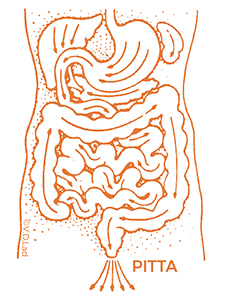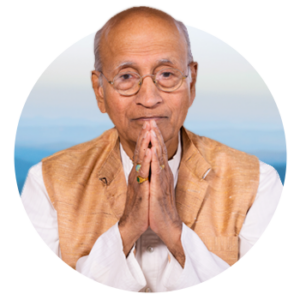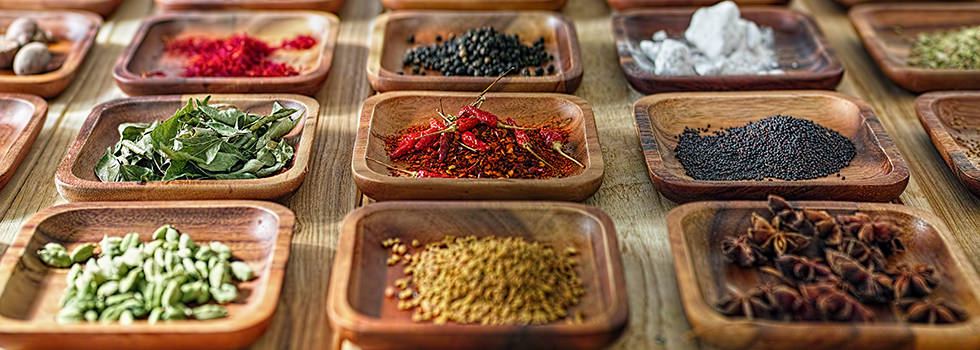Cleansing the Small Intestine
Virechana is the administration of purgative substances for the cleansing of pitta through the lower pathways. Give virechana 3 days after vamana. If vamana is not indicated for a particular individual, then give virechana. In either case, it is necessary to first do 3 days of internal oleation, and preferably both snehana (oleation) and svedana (sweating), which are purva karma. Virechana cleanses blood toxins, the sweat glands, kidneys, stomach, small intestine, colon, liver, spleen, and rakta vaha srotas.
Substances for Virechana
- Triphala
- Castor Oil
- Senna (sona mukhi)
- Sat Isabgol (psyllium seeds)
- Flaxseeds
- Prunes
- Raisins
- Bran
- Cow’s milk
- Cow’s milk and 2tsp. ghee
- Aloe vera
- Bhumi amalaki
- Black sesame seeds
- Salt
- Dandelion root
- Nishottara (jaipal or croton seed)
- Yellow thistle (suvarnaskshiri)
- Kutki (hellbore)
- Cow’s urine
- Mango juice

- Most pittagenic disorders
- Skin diseases
- Chronic fever
- Hemorrhoids (piles)
- Abdominal tumors (gulma)
- Splenomegaly
- Hepatomegaly
- Jaundice
- Worms
- Erysipelas
- Gout
- Glaucoma
- Attention Deficit Disorder(ADD)
- Childhood
- Old age
- Acute fever
- Diarrhea
- Dehydration
- Debility and Weakness
- Emaciation
- Bleeding from rectum or lung cavities
- Excess snehana or svedana
- Foreign body in the stomach
- Immediately after vamana or basti
- Low agni or indigestion
- Prolapsed rectum
- Severe, chronic constipation with hard stool
- Ulcerative colitis

Vasant Lad BAM&S, MASc
A native of India, he served for three years as Medical Director of the Ayurveda Hospital in Pune, India. He was Professor of Clinical Medicine at the Pune University College of Ayurvedic Medicine for 15 years. He holds a Bachelor’s of Ayurvedic Medicine and Surgery (BAM&S) degree from the University of Pune and a Master’s of Ayurvedic Science (MASc) degree from Tilak Ayurved Mahavidyalaya. The author of numerous books, Vasant Lad is respected throughout the world for his knowledge of Ayurveda.





